How Is John R. Neill Doing?
John R. Neill’s full-color pages are printed on the same quality and the same pages as the rest of the text, an organic means of incorporating the drawings that has been missing since Ozma of Oz.
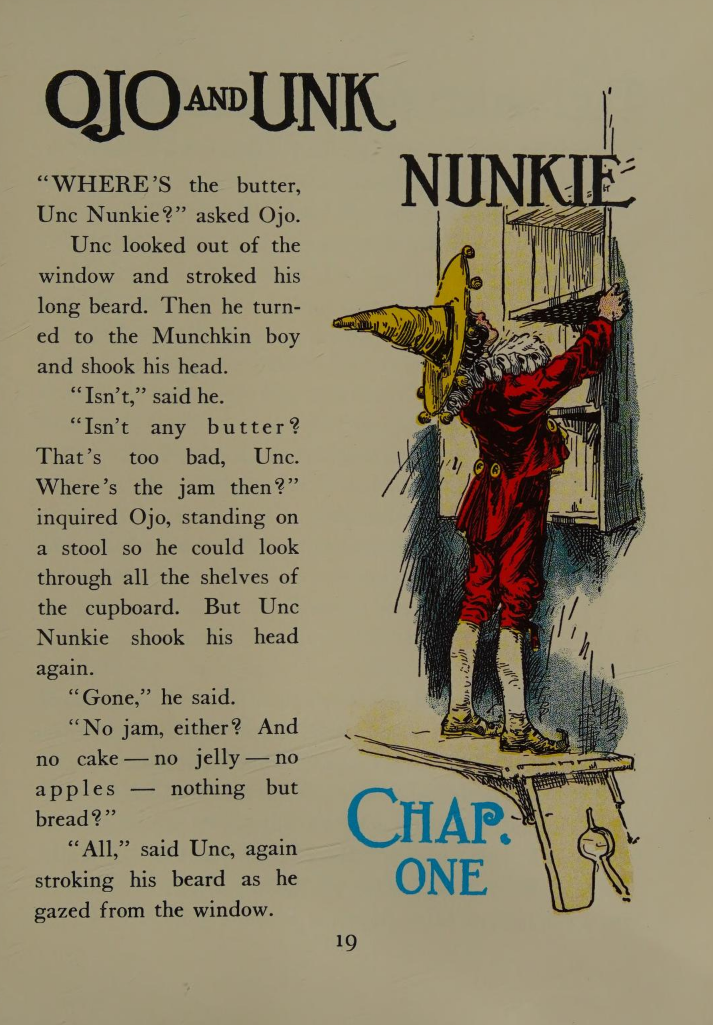
However, for the first time, there is no unique quality or distinguishing gimmick of the artwork, another way in which The Patchwork Girl initiates a new phase of the series. The quality of the illustrations is lower than previously. This would become standard for the remainder of the Baum novels.
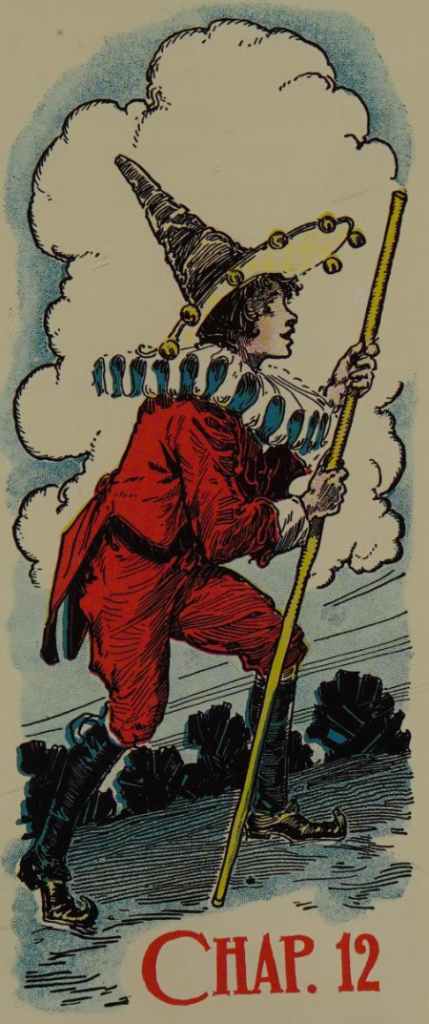
The colors are often odd. The text repeatedly notes that, as a Munchkin, Ojo dresses in blue and even dislikes other colors, yet the colorist (I assume Neill) likes depicting Ojo dressed in red. But it’s inconsistent! Sometimes Ojo is red, and other times he is blue. Baum is also specific about the colors of Scraps’s face, text ignored in the illustrations. However, this might be attributable to the book originally being printed without color, as the earlier editions seem to lack it.
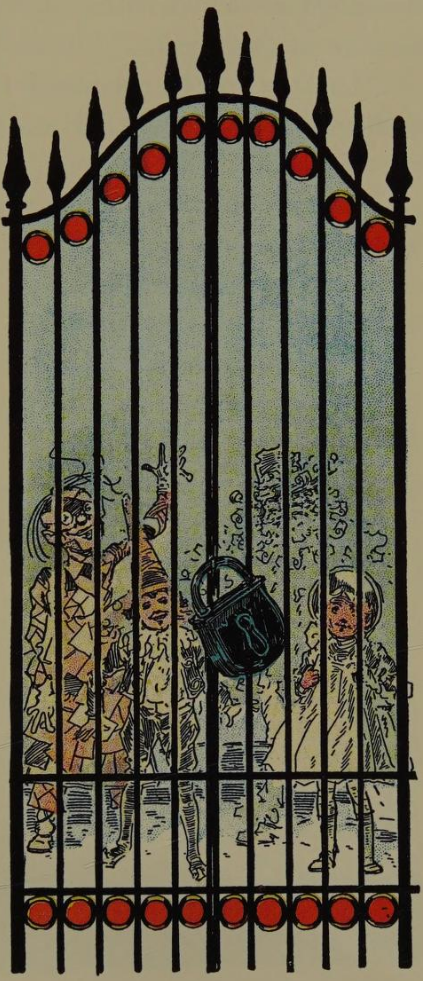
Another confusing illustration error is Dorothy’s inclusion with Ojo’s party in the title illustration of Chapter 13 (above), when Dorothy never appears until Chapter 16. Not necessarily a mistake, Neill also draws Dorothy much tinier than in previous books. She is sometimes shorter than Ojo and not much larger than Toto, looking like a toddler, as below.
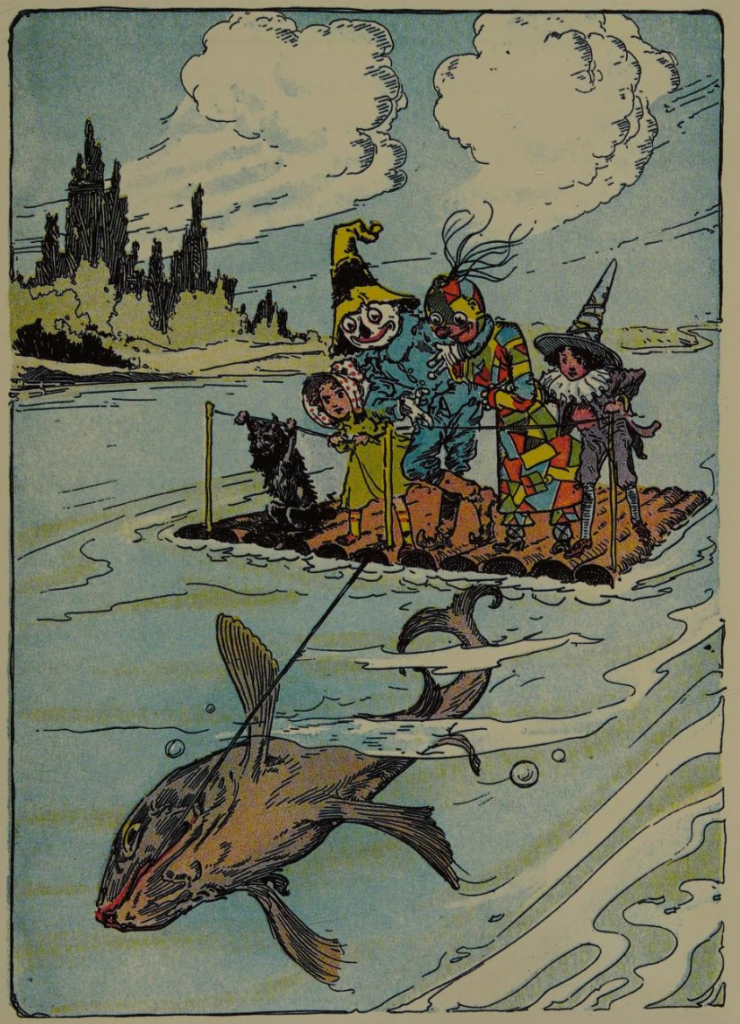
But at other junctures, Neill draws Dorothy the same height that he has previously:
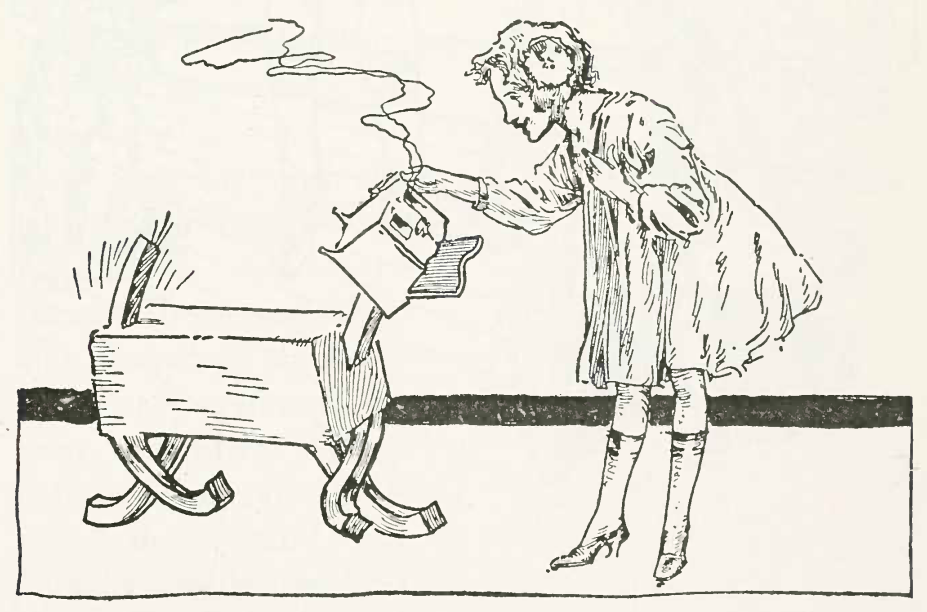
Beginning in The Patchwork Girl, the Scarecrow’s face is drawn white, with red marks around his eyes and mouth. The clown makeup look isn’t necessarily a continuity error. When he first appears in The Patchwork Girl, the Scarecrow is traveling to visit, of all people, his “old friend” Jinjur to touch up his face paint (as in, his face is literally paint). She only tried to kill him once, so I understand why they get along now. For the Chapter 17 title illustration, Jinjur appears, in full Army of Revolt regalia, painting the Scarecrow’s face. Sure enough, in this and only this drawing, the Scarecrow’s head has its former brown hue. Even though Jinjur’s uniform is colored incorrectly. So she must have painted his head white and added the red markings around his eyes and mouth.
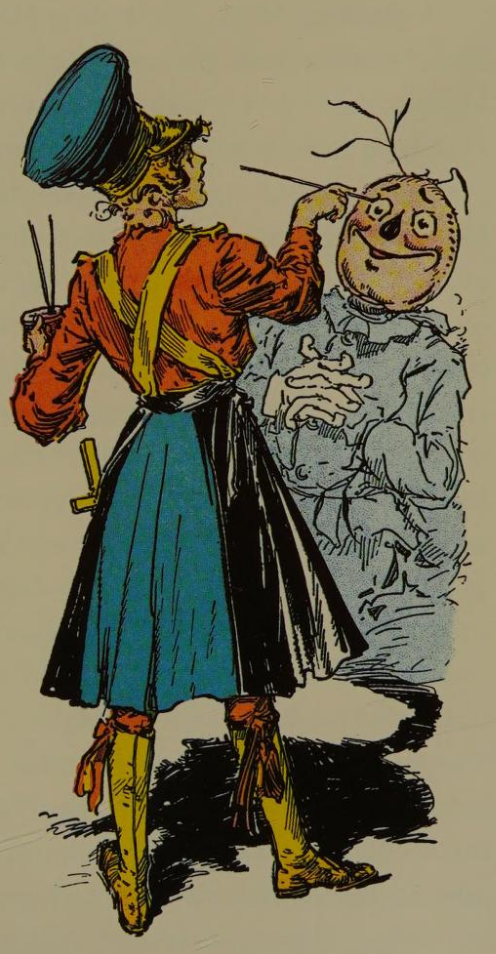
Neill continues adding unique flourishes to the illustrations, such as giving the Horners horrifying, uneven chalk-like teeth or having Jack Pumpkinhead smoke a pipe. As ever, the drawings are as pivotal to bringing life to the fantasy as is Baum’s prose (and poems, this time around). I prefer these to the messy illustrations in The Emerald City.